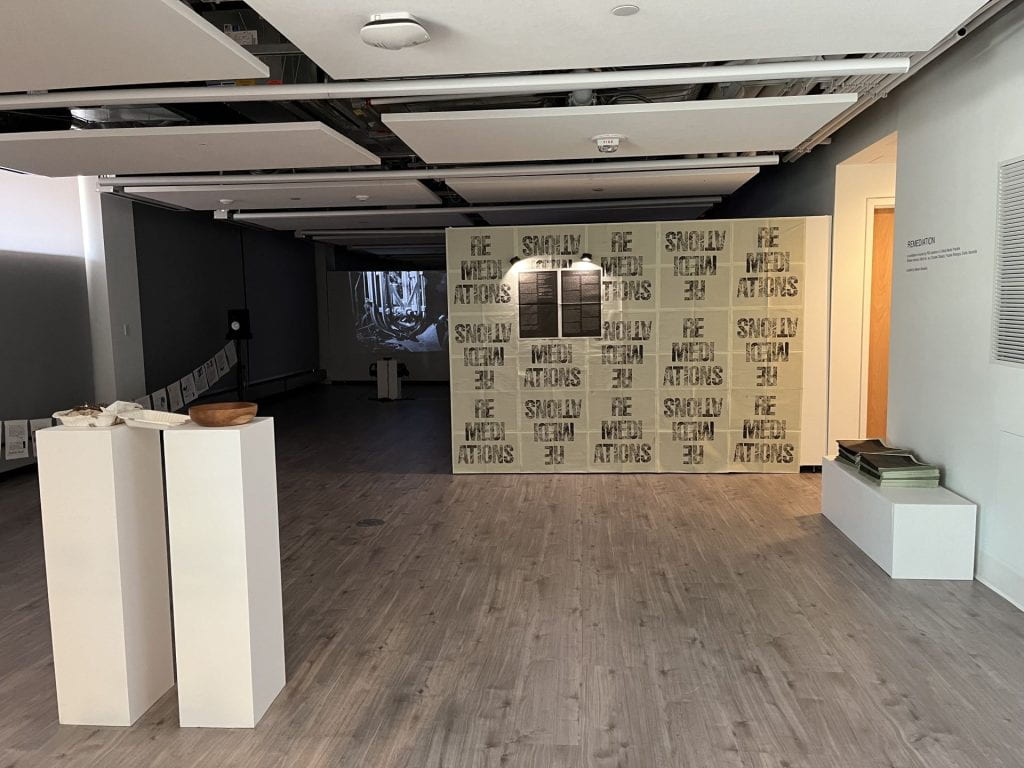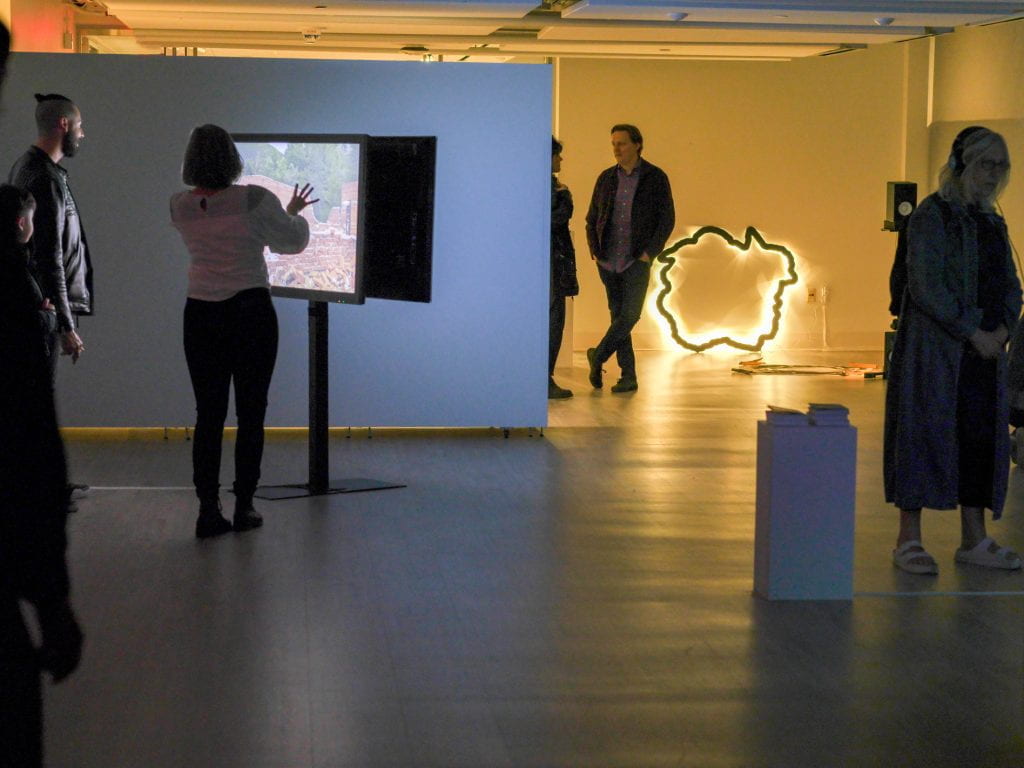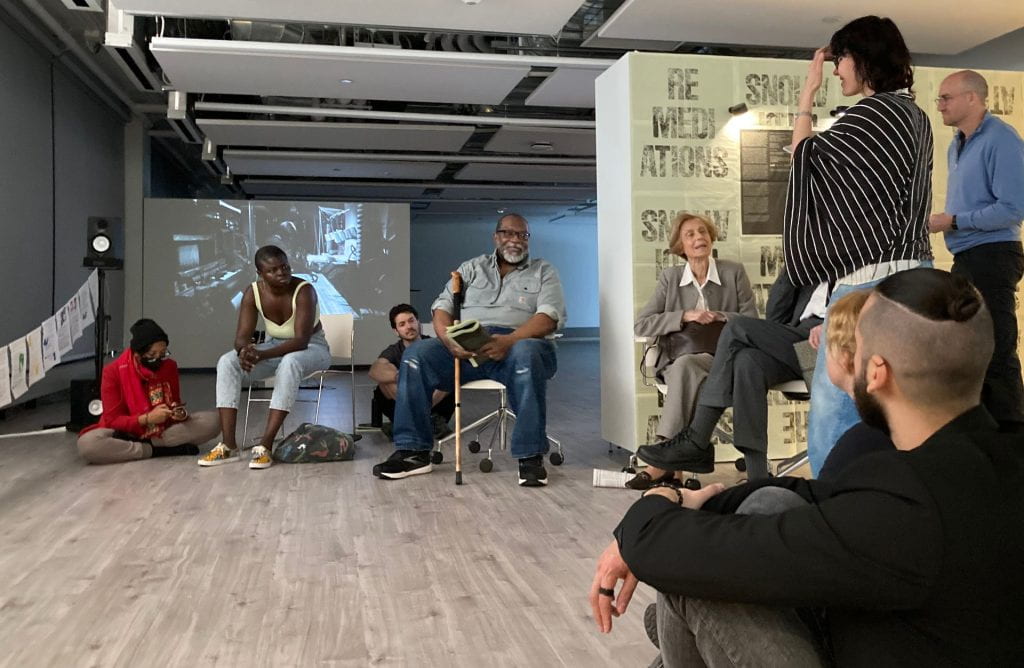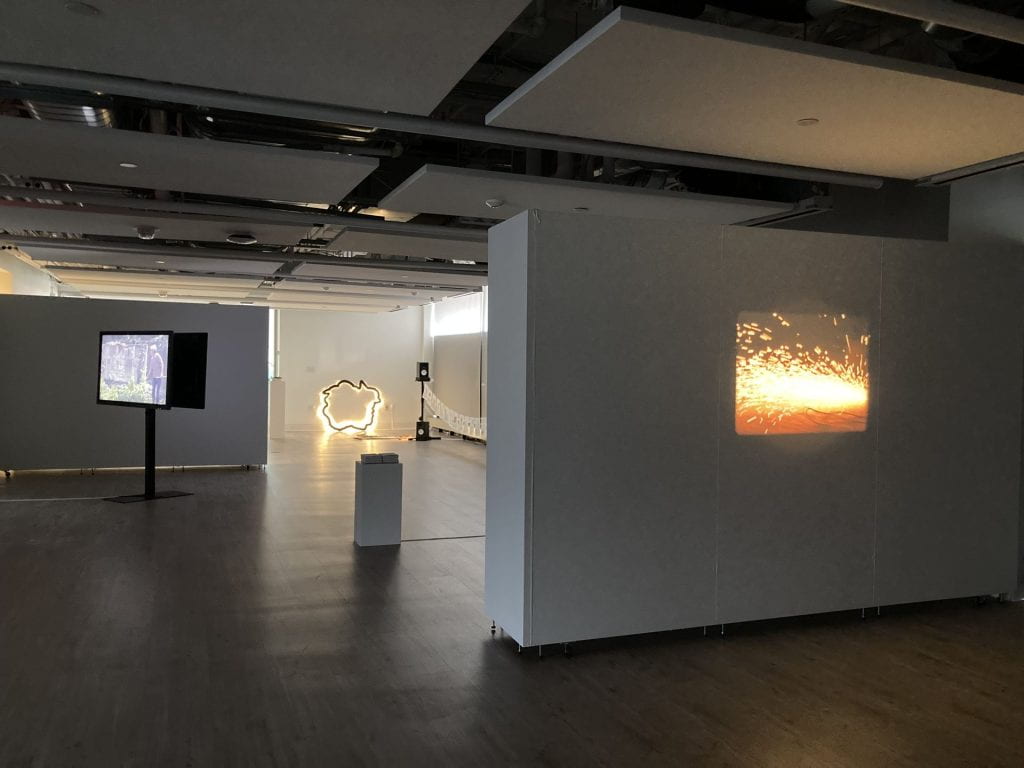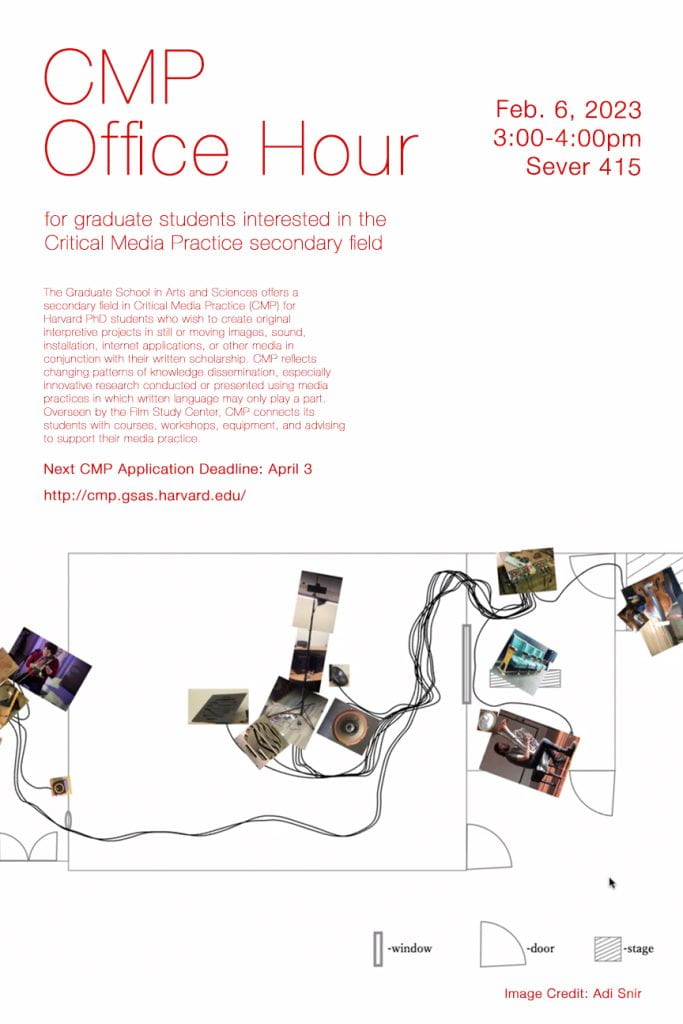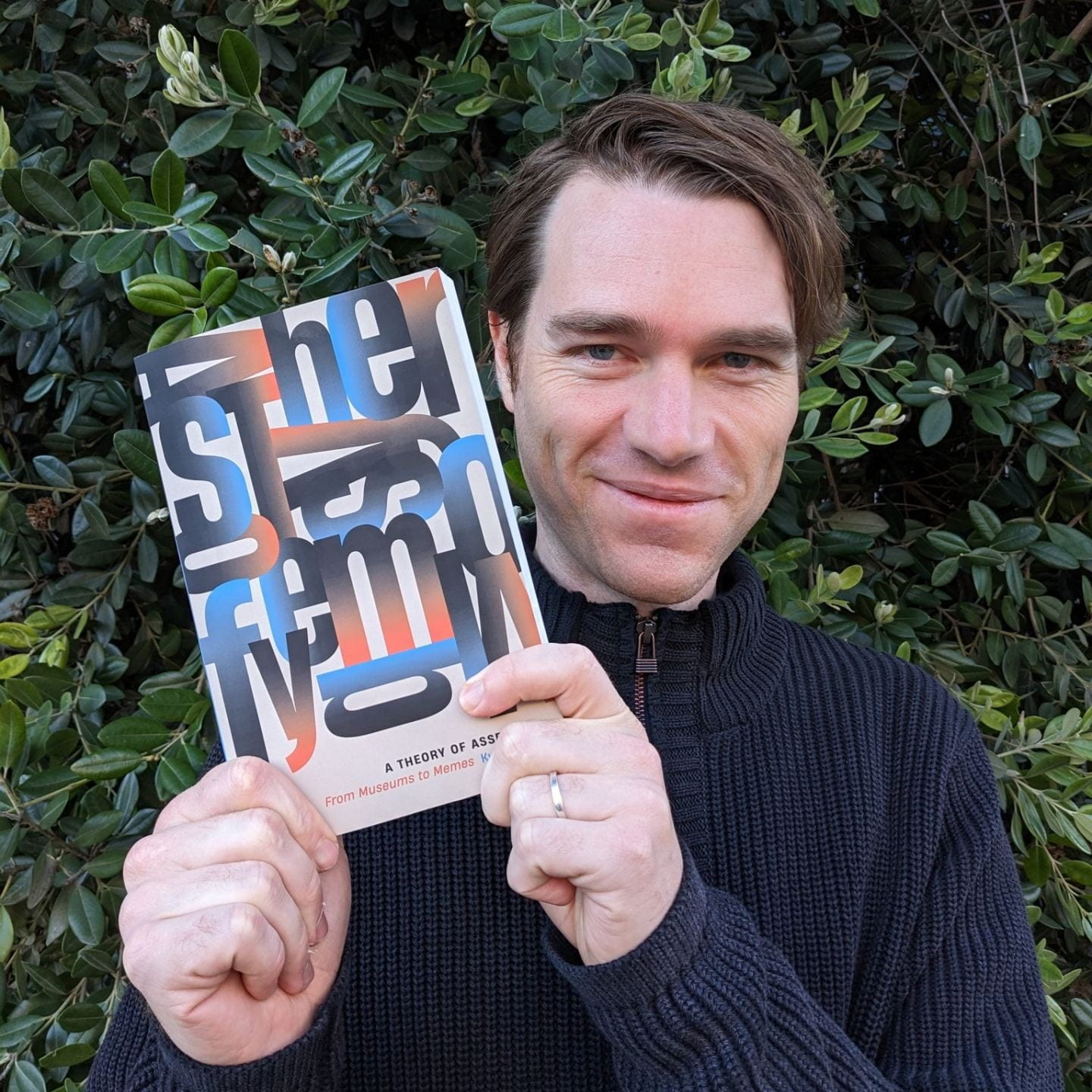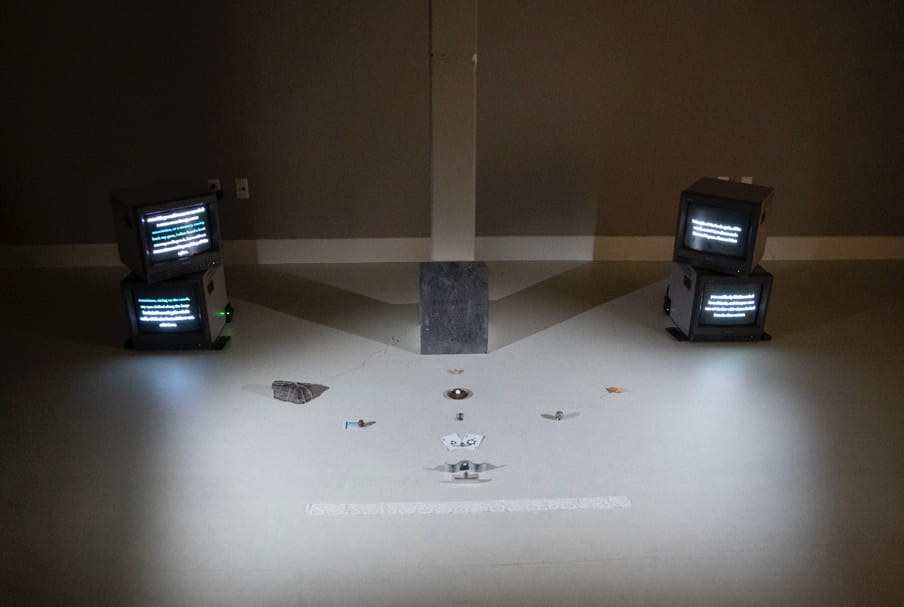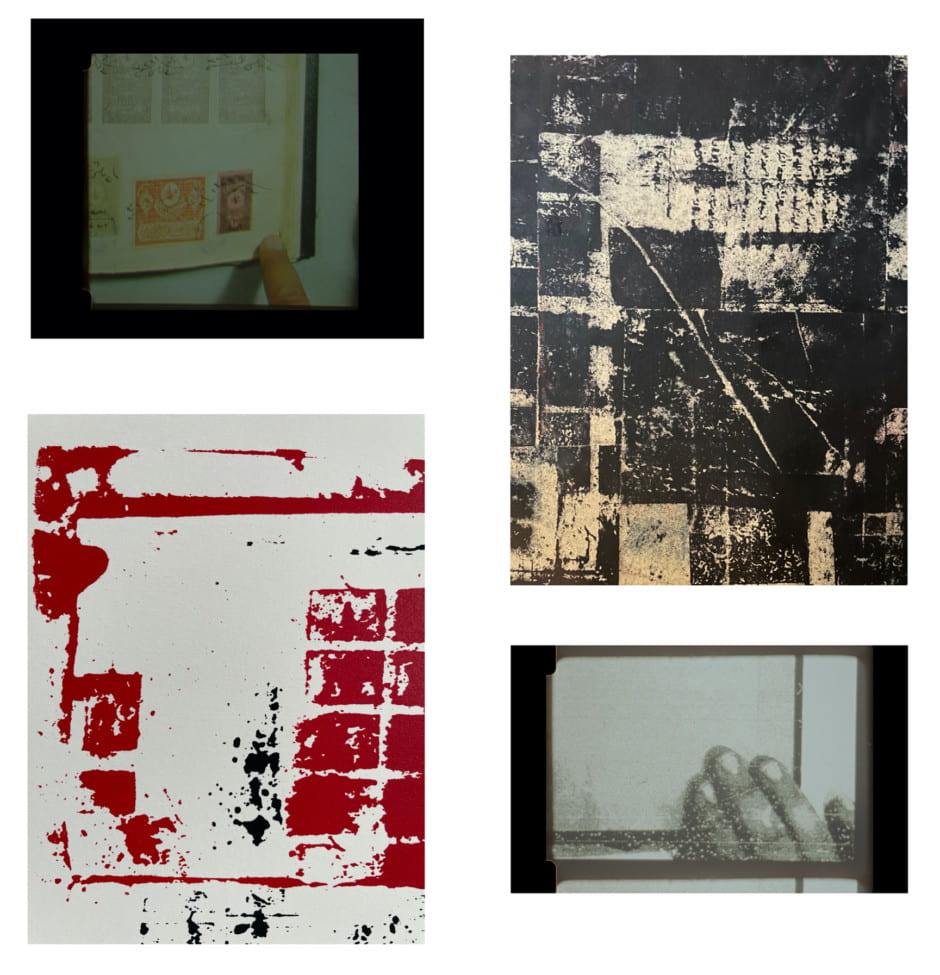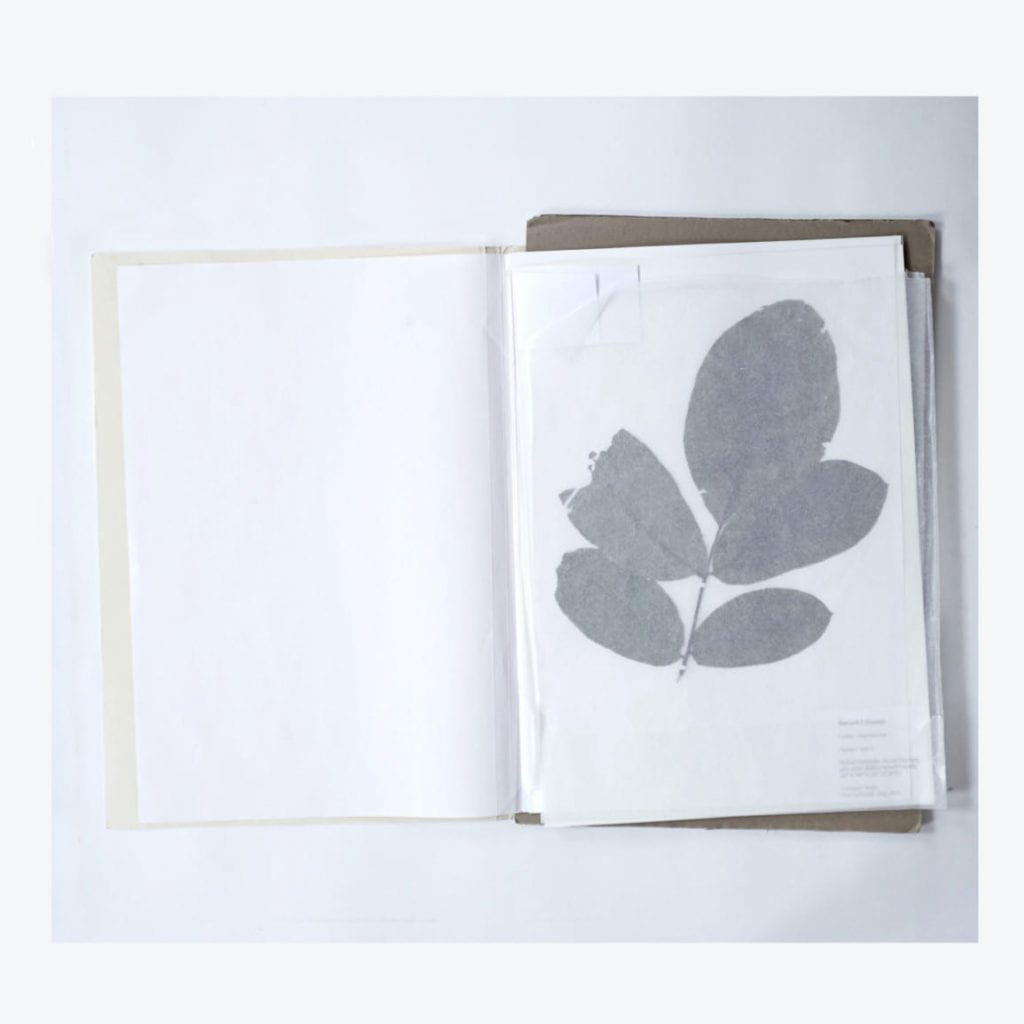“manipulation” is a collaborative project between Salmaan Mirza and Shireen Hamza investigating the traces of human presence on archival documents. They have, to date, produced experiments in text, 16mm film, and printmaking. Some of these are shared below:
Images above by Salmaan Mirza
________________________
Shireen Hamza [1]

Image credit: Institute for Arabic Manuscripts, al-Ahgaf Library, Aal-i Yahya collection, Tibb 68, f. 308b-309a
If you asked me what this is when I was just waking up, groggy and unfocused, I would say: an Arabic manuscript. But since I started this project with Salmaan a year ago, I would quickly recant. No, this is not a manuscript, it is a layered object:
a digital image
of a 1976 microfilm
of a 1685 manuscript copy
of a 15th century text
This image has a grain attesting to these layers that I had almost stopped seeing in my work with images like this. I have journeyed far to learn to decipher Arabic and Persian manuscripts like this one and to draw them into the history of science and medicine. But nowhere have I learned how to interpolate the presence in the bottom right corner: a darkened finger with a nail cut short. The finger of the person holding down the page as the manuscript was microfilmed. The more years I spent reading the images, the less likely I became to notice the trace of this other hand.
Over three hundred years ago, a scribe in Yemen named Ahmad ibn Ali ibn Muhammad al-Jalal covered 127 folios with his clear handwriting, writing roughly 29 lines of text on each side of each folio. On the bottom left, under the colophon in which he attests to finishing copying a text on the 1st of Jamadi’l-akhar of the 1096th year after hijra, or the 5th of April 1685, he asks Allah to forgive himself, his ancestors, and all believers, living and dead. On that day, he finished producing another copy of “Healing Made Easy (Tashil al-Manafi fi ‘l-Tibb wa ‘l-Hikma),” composed by Ibrahim al-Azraq in Yemen, two centuries earlier.
This manuscript may still be extant in the collection of the al-Ahgaf Manuscripts Library in Tarim, Yemen, but I have not yet traveled there. When I started my PhD in 2015, the war in Yemen was exactly one year old. I won’t try explaining the horrors of the last seven years for Yemeni people; I recommend artist Alia Ali’s Conflict is More Profitable Than Peace to everyone wishing to learn more.
So, to study the manuscripts that may still be in Yemeni libraries, I went to see microfilms of them at the Institute of Arabic Manuscripts in Cairo. Founded in 1946, in the early days of the Arab League, the institute was once called the Institute for the Revival of Manuscripts – a name consistent with the idea of the time that heritage, turāth, needed to be protected in the face of modernity. The institute has sent expeditions to microfilm manuscripts in collections abroad, including several trips to Yemen from the 50s to the 70s. As we wonder about digitization and about the future of the book, as Yara Flores does beautifully in Leftovers/The Art of Mechanical Reproduction, I want to know which book we are talking about. What have people all over the world done with technologies of visual reproduction to further historical inquiry — for us? To attend to the finger is to respond to their work with care, gratitude, and support, material and intellectual.
These days, as I struggle with chronic pain in my wrists, among other joints, I am thus trying to acknowledge the layers of modern as well as premodern labor that has gone into my access to premodern texts. In her book, “No Archive Will Restore You,” Julietta Singh says,
“Calling what you study an ‘archive’ gives it heft, grants it the status of an intellectual pursuit. Your archive is …a pronouncement that makes manifest your worth and belonging in the great halls of higher learning.” (23)
Looking back on the last six years, I have done all of this in calling Arabic and Persian medical manuscripts my archive. I have shielded myself from cold questioning looks by donning the robe of expertise. And I am not alone in being tempted to cite the book or the manuscript when I am really looking at a digitized image. But now that I have started to see the finger in the corner again, I realize that to shorten this chain of transmission would be an erasure. To ignore the mediation of subsequent generations in pursuit of the authentic Author is uncomfortably close to the Orientalist mode of colonial soldier-scribes, in Manan Ahmed’s formulation. Their fetish for civilizational origins lives on; the oldest object is often the most authoritative, the most valuable. Though my work critiques their conclusions, I was humbled to realize how easy it was for me to fall into their ways of unseeing mediating layers and labors. Thanks to this collaboration with Salmaan, I have taken the time out to regard, cite, and write about the many kinds of images in “my archive,” attending to each layer of their production.
[1] My gratitude to CMP and the Mellon Foundation, to Salmaan, and to Anya Yermakova and Graham Burnett for organizing a panel called “The Senses in the Archive: Attention, Experience, Form” at the History of Science Society in 2021, where I was able to share some of this material in conversation with Anya, Graham, Alix Hui, Carla Nappi, and Anthony Acciavatti.
